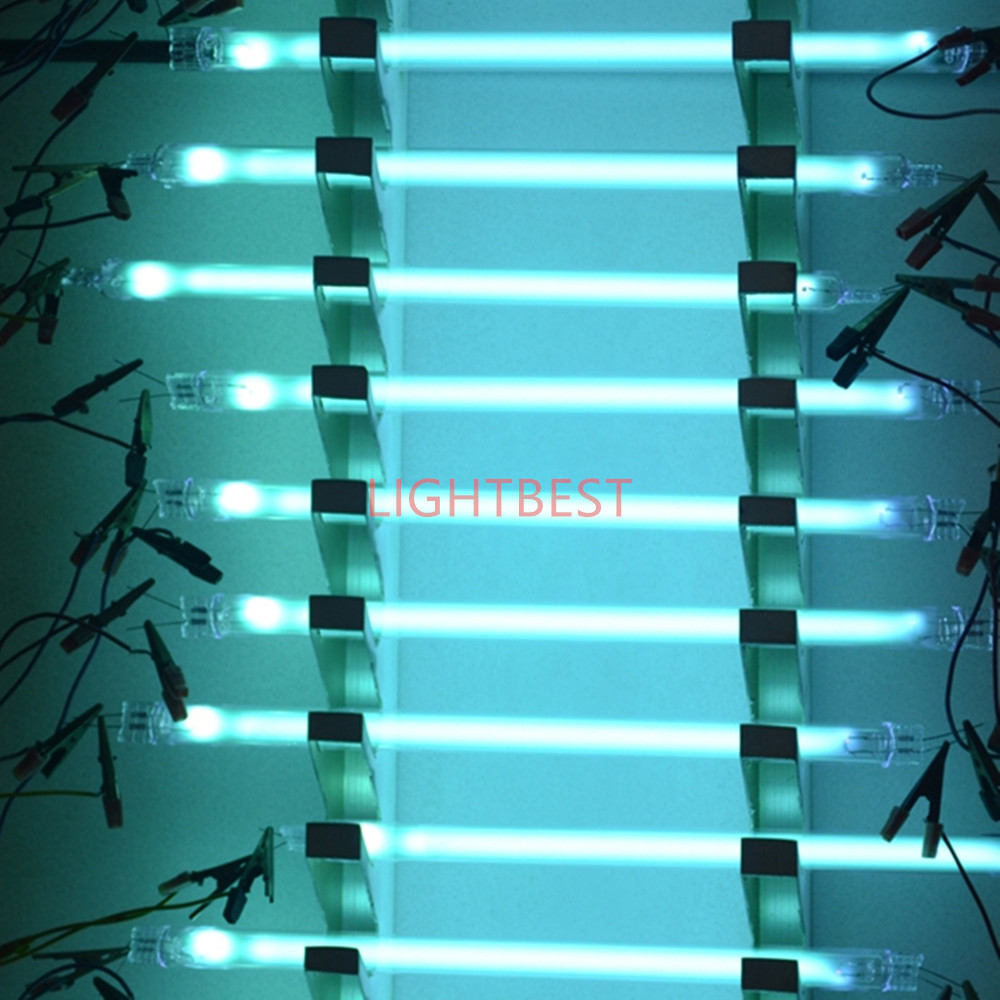Ultraviolet (UV) light can eliminate aflatoxins. Aflatoxins are sensitive to UV radiation, which can disrupt their molecular structure and thereby reduce their toxicity.

The principle of UV light in removing aflatoxins:
UV light has sterilization and disinfection effects. At a wavelength of around 254nm, it can damage the nucleic acids (DNA and RNA) of microorganisms. As a type of mycotoxin, aflatoxins have molecular structures that can be broken down under UV exposure, leading to reduced or eliminated toxicity.

Application of Ultraviolet Light in Aflatoxin Removal:
Laboratory Research: Studies have shown that exposure to 254 nm UV light for one hour can induce photochemical changes in aflatoxins (such as AFB1 and AFG1), significantly reducing their toxicity.
Practical Application: High-intensity UV sources such as high-pressure mercury lamps are used to irradiate materials contaminated with aflatoxins (e.g., animal feed). This method can achieve a detoxification rate of 97%–99%.
Precautions
Exposure Time: Ultraviolet (UV) exposure must be sustained for a certain period (e.g., over 30 minutes) to achieve effective detoxification.
Applicable Scope: UV light is suitable for surface disinfection. Its effectiveness may be limited for deep contamination or internal aflatoxins in solid materials.
Safety: UV radiation is harmful to humans. Proper protection is required during operation to avoid direct exposure to skin and eyes.
Other Detoxification Methods
In addition to ultraviolet (UV) treatment, the following methods can be used to remove aflatoxins:
High-temperature treatment: Aflatoxins can be effectively destroyed at temperatures above 280°C.
Alkaline conditions: Treating with alkaline solutions such as sodium hydroxide can break the lactone ring structure of aflatoxins.
Adsorption method: Adsorbents such as activated carbon can be used to remove aflatoxins.
Post time:2025-04-16 15:20:20

